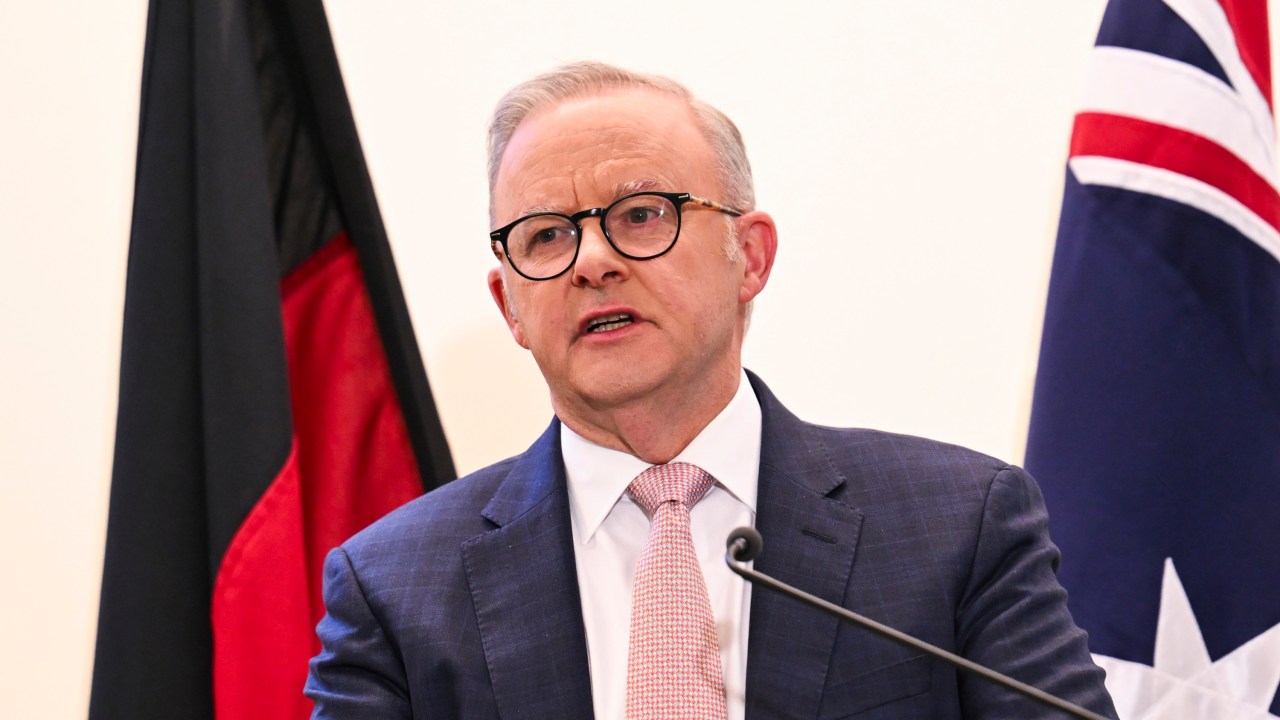The Albanese government needs to ditch “band aid” solutions for a “laser like focus” on boosting Australia’s economy, a leading economist has declared as Labor ventures on its second term agenda with a massive majority in Parliament.
MPs and Senators returned to Canberra on Tuesday for the first day of Parliament under the second Albanese government where Labor holds 94 seats in the lower house.
The government only needs the approval of the Greens to pass legislation through the Senate, meaning Labor has fewer blockades preventing its agenda becoming law and can allow it to introduce substantive economic reform.
Leading economist Chris Richardson said Labor now has the opportunity – as post-pandemic inflation has settled and the RBA has begun delivering rate cuts – to offer substantive policy that will tackle Australia’s stalling productivity.
“Our living standards are starting to grow again and we’ve got to go from band aid to laser-like focus on making Australians more productive,” Mr Richardson said on Business Now.
“If we want to be more prosperous – and we should, we’ve been spinning our wheels for a decade – then the government has to have a focus on seeing Australia (as) more efficient.”
Australia’s productivity will be the subject of a roundtable led by Treasurer Jim Chalmers next month where leaders across business, politics and unions will discuss the nation’s ailing growth.
Mr Richardson said he would “love to see the government being ambitious” to boost productivity during its second term.
“Neither side of politics took anything terribly ambitious to the election for Australians, despite the fact that our living standards are essentially the same today as they were a decade ago (and) despite the facts that the challenges continue to grow around the world,” he said.
“I’d love to see ambition. The government, to its credit, has that summit coming in a month.
“But make or break will be just how hard it pushes. (It’s a) second term government (with a) huge majority. If Australia can’t get stuff done under current circumstances, what can we do?”
Labor was plagued by sky high post-pandemic inflation during its first term – which ate into household budgets.
Inflation rose more than 17 per cent over about three and a half years while wages fell behind, prompting Labor to introduce an array of cost of living assistance measures such as energy bill relief.
A series of interest rate hikes through 2022 and 2023 added pressure to millions of Aussies doing it tough, however, the central bank has begun cutting rates in 2025.
Labor will look towards fostering long term economic prosperity at the productivity roundtable from August 19 to 21.
Here, the government said it will strive to “enhance economic resilience and strengthen budget sustainability”.

